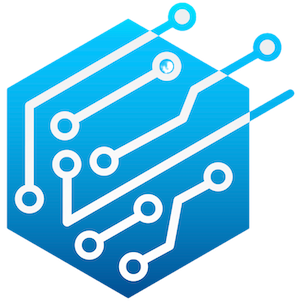In recent years, the concept of artificial intelligence has seen explosive growth, especially in the realm of research and information synthesis. OpenAI’s introduction of Deep Research marked a significant milestone, showcasing an AI capable of automating complex research tasks and producing comprehensive, structured reports. This innovation quickly spurred a wave of competitors eager to carve their own space in this rapidly evolving domain. Companies like Google, AlphaSense, and others followed suit, each developing their versions of AI-powered research assistants, often called Deep Research or similar variants. However, the recent emergence of Mistral’s Le Chat with integrated deep research features signifies a decisive shift—one that could redefine how we perceive AI’s role in knowledge work.
Unlike the early versions that merely scraped data or offered basic summaries, Mistral’s platform emphasizes a nuanced, organized approach to research. It’s not merely about gathering information but about transforming raw data into structured, easy-to-understand reports backed by credible sources. This makes Le Chat not just a tool for quick answers but an intelligent partner capable of understanding context, clarifying user queries, and delivering a compelling narrative—much like a diligent researcher collaborating with a human counterpart.
Innovative Features Elevate the User Experience
What sets Mistral apart is how thoughtfully they’ve integrated these features into Le Chat. Opening research mode prompts AI to ask clarifying questions before diving into source collection, ensuring the output aligns closely with user expectations. The revised “thinking mode,” powered by the Magistral chain-of-thought model, elevates the AI’s reasoning capabilities. It’s designed to foster more complex, multi-layered responses, which are vital for nuanced topics or intricate analysis. Additionally, multilingual support and real-time code-switching demonstrate a commitment to global usability—reflecting an understanding that the future of AI research tools must transcend language barriers.
Another groundbreaking addition is the platform’s image editing features, which leverage prompt-based modifications. For content creators, this opens a spectrum of possibilities—generating, editing, and maintaining consistency across series of images with simple commands. Imagine instructing AI to create an image of a cat in a specific cityscape and asking it to modify subsequent images to keep elements recognizable—this presents a new level of efficiency and creativity in digital content production.
Mistral’s voice recognition integration, powered by Voxtral, further enhances accessibility. Users can interact with Le Chat naturally by speaking, making the experience more fluid and intuitive—especially useful for tasks requiring rapid exchanges or situational inputs. The Projects feature, meanwhile, aims to organize workflows, grouping related conversations, uploaded files, and preferred settings. Similar in philosophy to Google’s NotebookLM, it emphasizes user productivity by maintaining organized libraries within the AI environment.
Wider Implications and Market Dynamics
Mistral’s European roots and focus introduce a vital geopolitical dimension. As many of these advanced AI features become mainstream, the European market’s unique regulatory landscape and data privacy standards could profoundly influence how these tools evolve. Mistral has the advantage of operating within a jurisdiction with rigorous privacy laws, potentially leading to higher trust and broader acceptance in Europe and beyond.
Furthermore, the competitive landscape’s rapid development reveals the broader trend of AI tools converging on similar capabilities. Many platforms now feature image editing, voice commands, and project organization—yet, Mistral’s local sensitivity and international ambitions may give it the edge in refining these features to suit different cultural and regulatory contexts. In the long run, their emphasis on genuine helpfulness and user-centric design could turn Le Chat into a dominant force—not only as a research assistant but as a comprehensive productivity hub.
Finally, the debate surrounding AI’s potential to displace jobs remains as pertinent as ever. Deep Research’s ability to rapidly produce detailed reports hints at a future where human analysts may need to redefine their roles. While some may fear obsolescence, others can see these tools as collaborators—augmenting human expertise rather than replacing it. Mistral’s approach, emphasizing transparency, helpfulness, and user control, suggests a future where AI acts as a catalyst for innovation, freeing humans from routine tasks and empowering them to focus on higher-level strategic thinking.
Mistral’s Le Chat with integrated Deep Research capabilities exemplifies a conscious step towards more intelligent, versatile, and user-friendly AI. Its multi-modal features, organizational tools, and linguistic versatility not only position it as a formidable player but also challenge the broader AI community to elevate standards. As this technology continues to evolve, one thing is clear: the future belongs to those who can blend sophisticated AI capabilities with thoughtful design—creating tools that truly serve human curiosity and ingenuity.


Leave a Reply